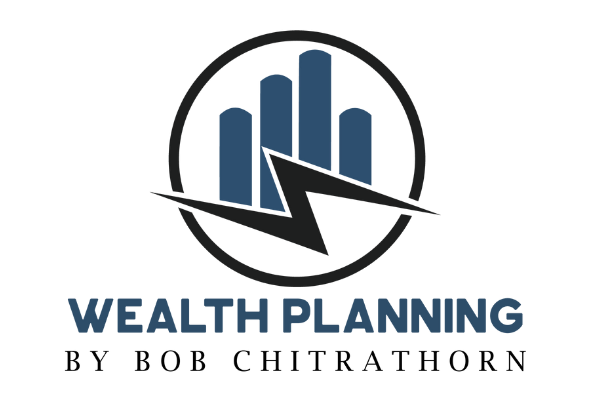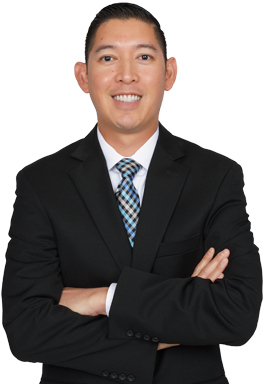Tap into the Power Nap
Tap into the Power Nap
A short snooze can help get you through a tough day
With all the fear, uncertainty and drastic changes that have occurred over the past several months, who has been able to tune out and enjoy a good, old-fashioned nap? As it turns out, now may be a good time to revisit something that you may not have done regularly since you were a child (or a growing teenager).
You might think that a solid nap would require at least an hour or two. It turns out that you can reap the health benefits of a nap in as little as 15 or 20 minutes. Plus, shorter naps may actually be better for you than a longer one. According to the American Sleep and Breathing Academy, the optimal duration of a nap is anywhere from 15 to 45 minutes. Their studies indicate that any longer than that will put your body into a REM cycle, making you feel groggy when you wake up.
These shorter sleep cycles, commonly known as “power naps,” may offer a variety of health benefits, including:
- Increased alertness
- Better endurance
- Increased creativity
- Fighting the risks of an improper sleep schedule
- Lowered risk of heart disease.
If you want to try including a power nap in your day once in a while (and assuming it makes sense as part of your daily schedule), here are a few tips to help you maximize your nap time — and reap all the health benefits in the process:
Keep naps short. When you start, consider trying to nap for only about 10 to 20 minutes (you may want to set an alarm). The longer you nap, the more unlikely you are to feel truly rested afterward.
Take naps in the early afternoon. Napping after 3 p.m. may interfere with nighttime sleep. Individual factors, such as your need for sleep, your sleeping schedule, your age and any medication use, can also play a role in determining the best time of day to nap.
Create a restful environment. Nap in a quiet, dark place with a comfortable room temperature and few distractions.
Pace your wake-up. After napping, give yourself time to wake up before resuming activities — particularly those that require a quick or sharp response.
Some words of caution: if you’re experiencing an increased need for naps and there’s no obvious cause of new fatigue in your life, talk to your doctor. You could have a sleep
disorder or other medical condition that’s disrupting your nighttime sleep.
What’s Your Nap Type?
Who knew there was a “nap type?” As it turns out, there are three types of napping, according to the National Sleep Foundation:
- Planned napping (also called preparatory napping) is when you take a nap before you actually get tired. This
is a good option if you know you’re going to need to stay up later than usual. - Emergency napping is exactly what it sounds like: falling asleep because you’re suddenly very tired and can no longer continue with the regularly scheduled activities of your day. Pulling over to the side of the road to take a nap if you’re drowsy while driving is an example.
- Habitual napping is when someone takes a nap at the same time each day. Though this is most common for young children, adults can certainly get into the habit too.
No matter what your type may be, being a napper puts you in some good company. Aristotle, Winston Churchill, John F. Kennedy, Eleanor Roosevelt, Albert Einstein, Thomas Edison, Leonardo da Vinci and Margaret Thatcher are all said to have valued an afternoon siesta on a regular basis.
Informational sources: National Institute of Health; The Mayo Clinic; American Sleep and Breathing Academy; Kmotion research.
This material was created for educational and informational purposes only and is not intended as ERISA, tax, legal or investment advice. If you are seeking investment advice specific to your needs, such advice services must be obtained on your own separate from this educational material.
Kmotion, Inc., 412 Beavercreek Road, Suite 611, Oregon City, OR 97045; www.kmotion.com
©2020 Kmotion, Inc. This newsletter is a publication of Kmotion, Inc., whose role is solely that of publisher. The articles and opinions in this newsletter are those of Kmotion. The articles and opinions are for general information only and are not intended to provide specific advice or recommendations for any individual. Nothing in this publication shall be construed as providing investment counseling or directing employees to participate in any investment program in any way. Please consult your financial advisor or other appropriate professional for further assistance with regard to your individual situation.



CONNECT WITH BOB